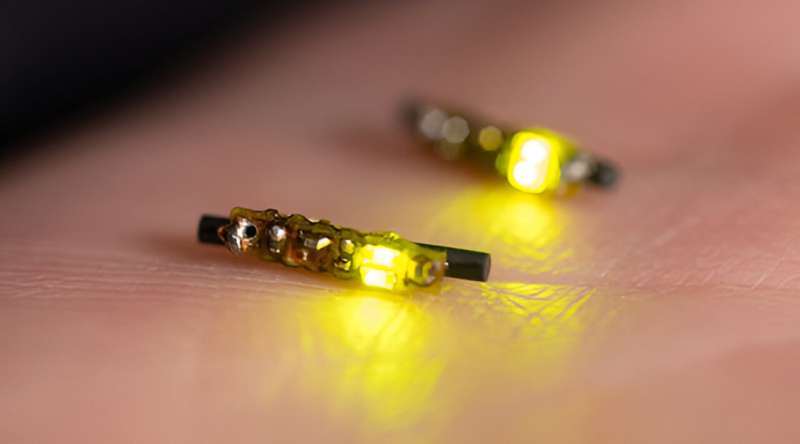“Certain colors of light penetrate tissue deeper than other ones,” said Thomas O’Sullivan, associate professor of electrical engineering and co-author on the paper, Photodiagnosis and Photodynamic Therapy.. “It turns out that the kind of light—in this case green—that doesn’t penetrate as deeply has the capability of producing a more robust response against the cancer cells.”
Before the light can be effective in destroying cancer cells, a dye with light-absorbing molecules must be administered to the cells. The device turns on, the dye transfers the light into energy and that energy makes the cells’ own oxygen toxic—in effect, turning the cancer cells against themselves.

